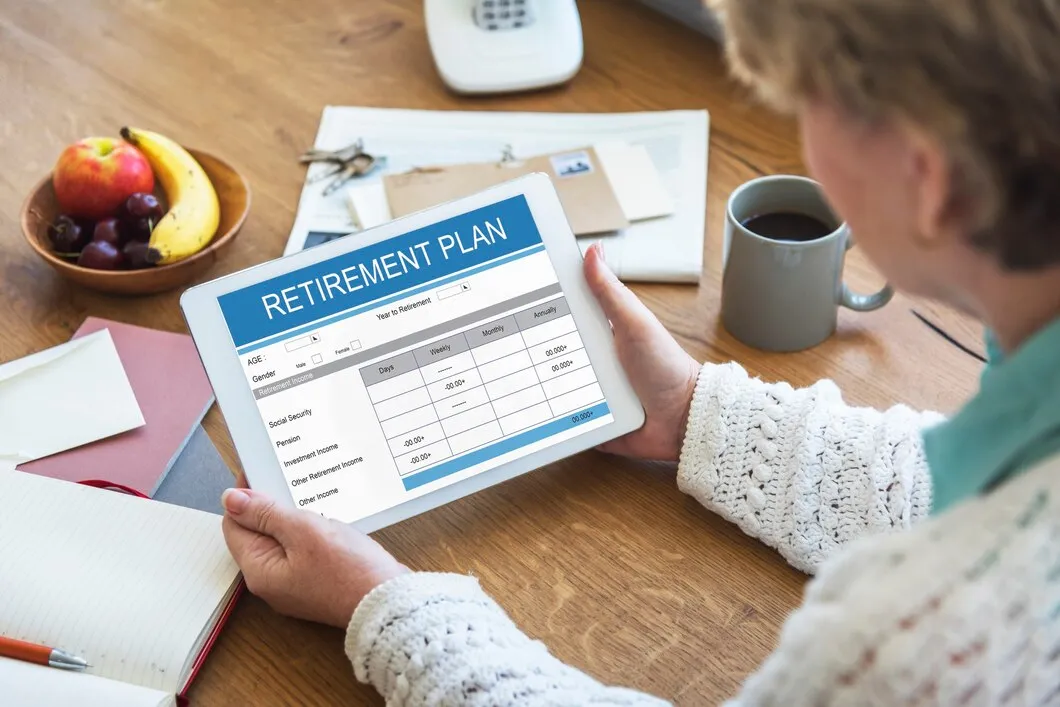Call us today!
Call us today!

Your Health & Wealth
Bodyguard
Our Latest Insights: Blog & Resources

How to Conduct a Retirement Readiness Assessment
Introduction
Retirement is one of the most significant financial milestones in life, and for teachers, planning ahead is crucial to ensuring financial stability. A retirement readiness assessment helps educators evaluate their financial situation, estimate future expenses, and align their savings strategy with their long-term goals. This process ensures that teachers can retire with confidence, free from financial stress.
Many teachers rely on pension plans, but these may not be sufficient to cover all post-retirement expenses. Factors such as healthcare costs, inflation, and longevity risk must be considered. This guide will walk you through the essential steps to assess your retirement readiness, provide tools for accurate evaluation, and outline practical strategies to enhance your financial future.
What Retirement Readiness Means for Teachers
Retirement readiness is the ability to retire comfortably and securely without financial strain. For educators, this means:
Having enough income from pensions, savings, and investments to cover expected expenses.
Being prepared for healthcare costs, including long-term care needs.
Ensuring debts are minimal or fully paid off before retirement.
Understanding how inflation affects purchasing power over time.
Many teachers have concerns about whether their savings will last, how to navigate pension benefits, and the best way to supplement retirement income. Conducting a readiness assessment helps answer these concerns and builds confidence in financial decision-making.
Key Factors in Assessing Retirement Readiness
1. Projected Expenses vs. Expected Income
The first step in evaluating retirement readiness is comparing future expenses with available income sources.
Projected Expenses:
Housing (mortgage/rent, property taxes, maintenance)
Utilities and daily living expenses
Healthcare and medical insurance
Leisure, travel, and hobbies
Taxes on retirement income
Unexpected costs (repairs, emergencies)
Expected Income Sources:
Pension benefits (403(b), 457 plans, or state retirement systems)
Social Security benefits (if applicable)
Personal savings and investments (IRAs, Roth IRAs, stocks, bonds, etc.)
Passive income (rental properties, side businesses, royalties)
A good rule of thumb is to aim for at least 70-80% of pre-retirement income to maintain your lifestyle post-retirement.
2. Healthcare and Long-Term Care Considerations
Healthcare is one of the largest expenses in retirement. Teachers must consider:
Health insurance options after leaving employment.
Whether they qualify for Medicare or need supplemental plans.
Long-term care costs, which may not be covered by traditional health insurance.
Strategies for covering unexpected medical expenses, such as Health Savings Accounts (HSAs) or long-term care insurance.
Early planning for healthcare ensures that unexpected medical costs do not deplete retirement savings.
Tools for Retirement Readiness Assessment
1. Pension Calculators
Many state-run pension systems provide online calculators to help teachers estimate their retirement benefits. These tools consider factors such as:
Years of service
Final average salary
Age at retirement
Some useful pension calculators include:
Social Security Benefits Estimator (ssa.gov)
403(b) and 457(b) Plan Estimator (available through most state retirement system websites)
2. Financial Planning Software
Using retirement planning software can provide a comprehensive analysis of your financial future. Some recommended tools include:
Personal Capital (tracks retirement savings and spending projections)
Empower (offers financial planning and investment management tools)
NewRetirement Planner (provides detailed retirement income simulations)
These tools help identify gaps in savings and suggest strategies to enhance financial security.
Steps to Improve Retirement Readiness
1. Increase Savings Contributions
Maximizing retirement contributions is crucial for financial security. Strategies include:
Increasing 403(b) or 457(b) contributions to reach annual limits.
Contributing to IRAs or Roth IRAs for additional tax advantages.
Automating savings to ensure consistent contributions.
Taking advantage of employer matching contributions, if available.
2. Reduce Liabilities
Entering retirement debt-free significantly enhances financial freedom. Educators should:
Prioritize paying off high-interest debt (credit cards, personal loans).
Consider paying off mortgages early if financially feasible.
Avoid taking on new debt close to retirement.
Eliminating unnecessary debt ensures that more retirement income can be allocated to living expenses and leisure.
3. Adjust Investment Strategies
Teachers should periodically review and adjust their investment portfolios as they approach retirement. Important considerations include:
Shifting toward more conservative investments (bonds, dividend-paying stocks, fixed-income funds) to preserve capital.
Maintaining a well-diversified portfolio to minimize risks.
Ensuring liquidity for emergencies while keeping investments growing for long-term security.
Consulting with a financial advisor can help determine the best investment strategy based on retirement goals.
Final Thoughts
Why Teachers Should Conduct an Assessment Early
Conducting a retirement readiness assessment early provides:
More time to adjust savings and investment strategies.
The ability to take advantage of compound interest for long-term growth.
A clearer understanding of expected retirement benefits and gaps.
Peace of mind knowing that financial goals are on track.
Practical Next Steps for Retirement Planning
Assess Current Financial Situation: Use pension calculators and budgeting tools to determine financial readiness.
Estimate Retirement Expenses: Factor in expected costs for housing, healthcare, and leisure.
Maximize Contributions: Increase savings in tax-advantaged accounts like 403(b) and IRAs.
Reduce Debt: Pay off high-interest loans and avoid new financial burdens.
Consult a Financial Advisor: Work with a fiduciary advisor to refine retirement strategies.
Monitor Progress Regularly: Reassess finances annually and adjust as needed.
By taking these proactive steps, teachers can ensure a secure and fulfilling retirement, free from financial worries.
Conclusion
Retirement planning is an ongoing process that requires regular assessment and adjustments. By conducting a retirement readiness assessment, educators can take control of their financial future, optimize their savings strategy, and transition into retirement with confidence. Whether you are early in your career or approaching retirement, taking action today can make all the difference in securing the future you envision.
📌 Start your assessment today and take steps toward a financially secure retirement!


